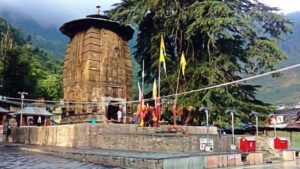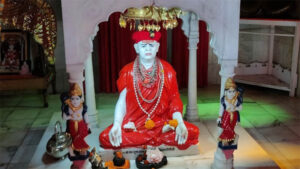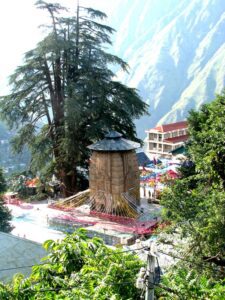Surya linga
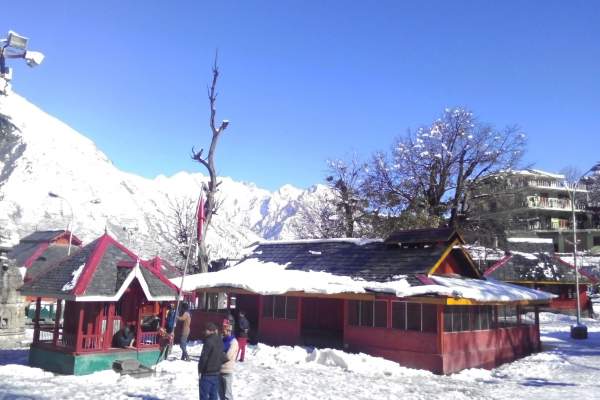 Surya linga or Suryavanshi linga which stands in a modern shed near ard ganga or gupt ganga is the family deity of the suryavanshi rajas of chamaba. Tradition affirms that the Surya linga was installed by Raja Maru who belonged to the ruling family of Ayodhya. Being a man of religious disposition he wandered from place to place in quest of peace and came to this part of the country. When he reached Khadamukh, people here requested him to settle in Brahmapura. Conceding to the request he installed the linga as a symbol of founding the kingdom of Suryavansha under lordship of Shiva. Thus the linga came to known as Surya linga. After establishing the kingdom he handed it over to his son Jaisthambha who had accompanied him. An ancient custom, it makes it obligatory for Chamba Rajas to pay obeisance at the temple of Surya linga first and then perform their duties.
Surya linga or Suryavanshi linga which stands in a modern shed near ard ganga or gupt ganga is the family deity of the suryavanshi rajas of chamaba. Tradition affirms that the Surya linga was installed by Raja Maru who belonged to the ruling family of Ayodhya. Being a man of religious disposition he wandered from place to place in quest of peace and came to this part of the country. When he reached Khadamukh, people here requested him to settle in Brahmapura. Conceding to the request he installed the linga as a symbol of founding the kingdom of Suryavansha under lordship of Shiva. Thus the linga came to known as Surya linga. After establishing the kingdom he handed it over to his son Jaisthambha who had accompanied him. An ancient custom, it makes it obligatory for Chamba Rajas to pay obeisance at the temple of Surya linga first and then perform their duties.
Rameshvar (Trameshvar) linga
This linga is enshrined in a temple situated on the western side of Chaurasi. It is ascribed to raja Maru Varman 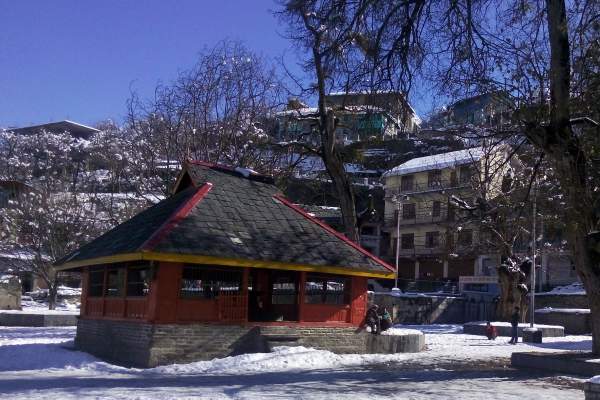 (early 8th century AD). It is also called Trameshvar by local residents because its pitha is encased in chase copper sheet once inlaid with silver flower rosettes. Hermann Goetz is of the opinion that this linga is real suryavansha linga which is still standing on the copper yoni in Bharmour. He also referred this linga as Surajamukh linga which is also belief of local people. It was enshrined in an ancient temple but the present temple is built in dressed stone with sloping roof of slates under which run the circumambulary path around the sanctum. The name Rameshvar is derived from famous linga which lord Rama had installed before leaving for Lanka. The rajas of Chamba trace their ancestry to lord Rama. According to vanshavali (genealogy) of rajas of Chamba, Rama ruling from Ayodhya is listed in the verse number twenty of the table and Maru who first settled in the village of Kalapa and later founded Brahmapura in Budhal valley is listed at verse number thirty five.
(early 8th century AD). It is also called Trameshvar by local residents because its pitha is encased in chase copper sheet once inlaid with silver flower rosettes. Hermann Goetz is of the opinion that this linga is real suryavansha linga which is still standing on the copper yoni in Bharmour. He also referred this linga as Surajamukh linga which is also belief of local people. It was enshrined in an ancient temple but the present temple is built in dressed stone with sloping roof of slates under which run the circumambulary path around the sanctum. The name Rameshvar is derived from famous linga which lord Rama had installed before leaving for Lanka. The rajas of Chamba trace their ancestry to lord Rama. According to vanshavali (genealogy) of rajas of Chamba, Rama ruling from Ayodhya is listed in the verse number twenty of the table and Maru who first settled in the village of Kalapa and later founded Brahmapura in Budhal valley is listed at verse number thirty five.
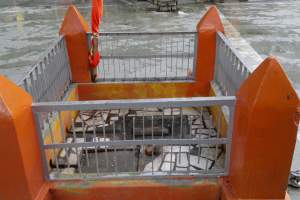 Seat of Chitragupt
Seat of Chitragupt
Just in front of temple of Dharmeshvar mahadev is a shila (stone slab) protected by a wooden fencing on which is carved a ring and paduka (foot prints). It is said to be seat or a court of Chitragupt, who keeps record of good and evil deeds of every living being in this world.
Kubera linga
Kubera, the lord of wealth and friend of Shiva is also given a place in the Chaurasi complex. It is a small linga enshrined in a miniature Nagara shrine on the left side of Manimahesh temple.
Other shrines
Other shrines in the complex are Jyoti linga, Mohoni linga and the lingas representing Gupt-mahadev, Narpat- mahadev (narbadeshvar) and Bijli-mahadev. Linga known as Ekadash rudra (eleven-rudri) is also seen on the platform of Manimahesh temple. Tradition holds that they protect sacred premises of Chaurasi. Lingas on the platform of Manimahesh temple represent Nau-nath meaning nine ascetics of Nath sect. The idols ofChamunda and Hanuman are placed in the small shrines which are the recent additions to the sanctuary. The image of Shitla devi near aquaduct is also enshrined in wooden temple.
